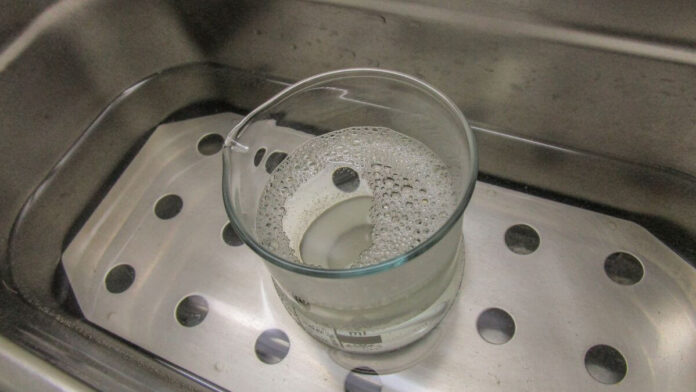Science and research have come a long way in helping to detect viruses, helping in DNA studies and mapping, and so much more. At the forefront of all of these efforts are lab water baths, which are essential for keeping mediums warm, allowing them to increase in temperature, and remain at a steady temperature for a wide period of time. But, how exactly do you go about choosing the best lab water baths for experiments? Are there any that are different or that can be used for different experiments? Below are some ways you can choose the best lab water baths for your next project or science experiment.
Choose a Water Bath That’s Non-Corrosive
It makes perfect sense that a lab water bath should be made of non-corrosive materials, yet some off-brand water baths might market themselves as non-corrosive and claim they don’t build up rust, only to build up rust later on.
Polypropelene is now a popular choice for lab water baths, since they can be easily cleaned off, are highly durable, and won’t be susceptible to rusting. Why is being non-corrosive important? For some water baths, such as those used in DNA experiments, a certain temperature will need to be maintained for a longer period of time in order to get the most accurate results.
This means your water bath will need to be able to water for a longer period of time without having that water affect the surrounding inner basin. Fortunately, by using a bath made of polypropylene or another non-corrosive material, as well as using distilled water, you can make sure your lab water bath remains free of mineral deposits, toxins, and other water debris that could negatively impact your results.
Choose one with the Best Size
The size of your water bath also matters. For instance, if you are simulating brain activity during the process of developing surgical parts, or for other experiments that require a large basin, you’ll need to find a water bath that allows you to be accommodated this experiment.
In addition, if you have smaller yes tubes or vile that don’t need more space and can be generally kept warm in a smaller water bath, it’s best to use an appropriately-sized water bath fo these experiments. For instance, a mini water bath can be used to keep a small-medium warm and is far more affordable than spending money on a larger water bath.
These smaller baths are also made of polymer covers, and polymer has been shown to be the most cost-effective solution that stands up better to wear and tear than other traditional metals or other types of materials.
Consider Your Experiment
Do you need a hot water bath to simply keep a medium warm? What about thawing waterbaths in order to cool down a medium to the appropriate temperature? Water baths are now highly used and preferred as opposed to open flames, since they minimize the risk of open flames and are easier to keep warm over time than a traditional flame is. However, it’s important to choose a water bath that, if possible, is specifically designed for your type of experiment.
For instance, if your goal is to conduct PCR for DNA, then choosing a water bath that is designed to hold the optimal PCR temperature for DNA replication at 72 degrees Celsius is ideal. Nowadays, there are many scientific water baths that can be purchased on the market that are specifically designed to help you complete a wide range of experiments.
When choosing your next lab water bath, consider the costs of these water baths and their overall usefulness in your experiment.









